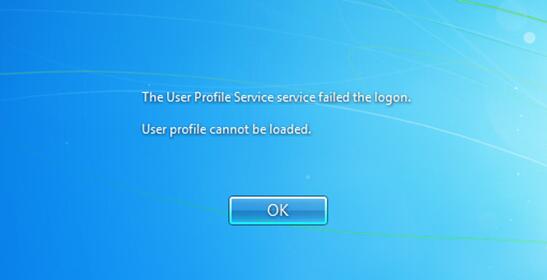
by WK Wallace | Aug 20, 2015 | Windows 10, Windows 7, Windows 8
When logging on to a Windows machine the user may get the error message like “The user profile service failed the logon. User profile cannot be loaded” in Windows 7 or Vista. Once enter the user name and password it will give this error message and the user can’t login but other user can login to the system without any problem.
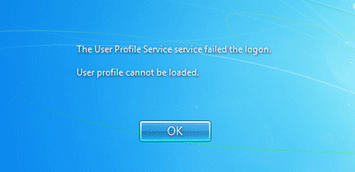
How to Fix the “The user profile service failed the logon” error?
- Click Start, type regedit in the Run box. Press Enter key.
- In Registry Editor, navigate to the location: HKEY_LOCAL_MACHINE\SOFTWARE\Microsoft\Windows NT\CurrentVersion\ProfileList
- In the navigation pane, locate the folder that begins with S-1-5 (SID key) followed by a long number.
- Click each S-1-5 folder, locate the ProfileImagePath entry in the details pane, and then double-click to make sure that this is the user account profile that has the error.
Option 1: If you have only one folder starting with S-1-5 that is followed by long numbers and ends with .bak. Right-click the folder, and then click Rename. Remove .bak at the end of the folder name, and then press Enter.Option 2: If you have two folders starting with S-1-5 followed by some long numbers and one of them ended with .bak, you have to rename the .bak folder. To do this, follow these steps:
1) Right-click the folder without .bak, and then click Rename. Type .ba, and then press Enter.
2) Right-click the folder that is named .bak, and then click Rename. Remove .bak at the end of the folder name, and then press Enter.
3) Right-click the folder that is named .ba, and then click Rename. Change the .ba to .bak at the end of the folder name, and then press Enter.
- Double-click the folder without .bak in the details pane, double-click RefCount, type 0, and then click OK.
- Click the folder without .bak, in the details pane, double-click State, type 0, and then click OK.
- Close Registry Editor.
Restart the computer and try to log on again with your account to see if the problem still exists. If everything goes as planned, you will be able to login to your account without any issue.
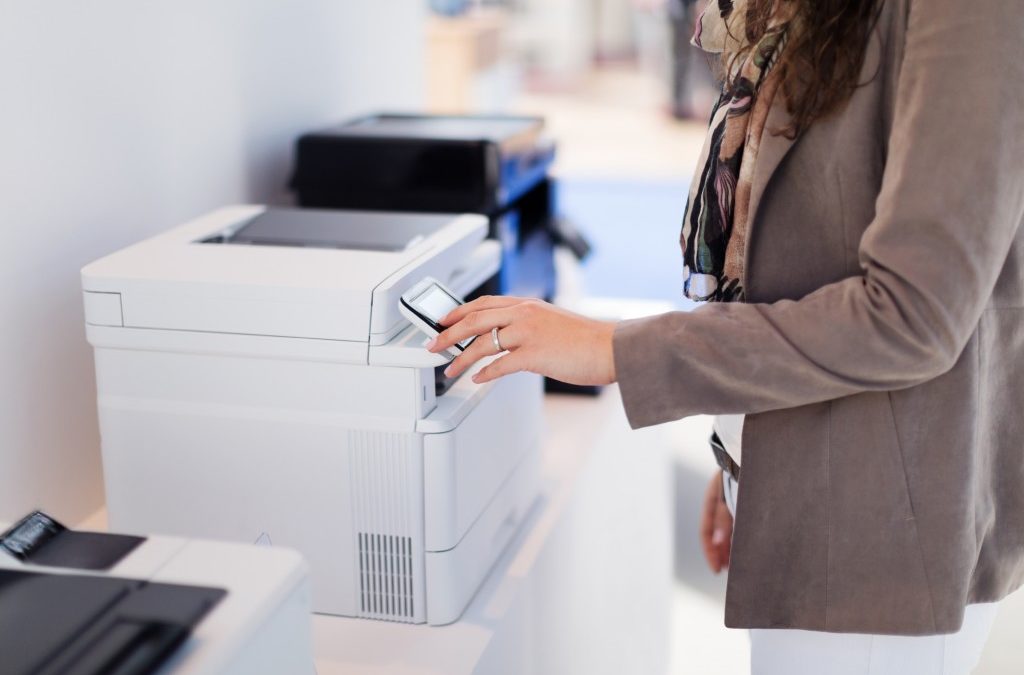
by WK Wallace | Jul 21, 2010 | 2003/2008 Server, Windows 7, Windows Vista, Windows XP
For some printer models, the manufacturer does not package the drivers so that they can be installed as Additional Drivers on a print server. This is the case for many of the less expensive bubble jet, inkjet and multi-function (e.g. scanner/fax/printer) models. The manufacturers deem these to be “personal” printers for use only on the computer to which they are physically connected (parallel, USB or serial port). The manufacturer often says that printing over the network is “not supported” for these models.
If you attempt to install the drivers for these models as Additional Drivers (see for example Install Additional Driver on older OS), you will get some kind of an error or a request for the driver that can not be satisfied no matter what you do. You may also get an error message stating that there is a policy in effect that doesn’t allow NT4 drivers to be installed.
Unfortunately, there are some models that can not be used over the network because the print device and printer driver have to be in bi-directional communication throughout the printing process. The manufacturer’s documentation does not always make this requirement apparent, although there may be FAQs or other documents on the manufacturer’s web site that state this.
Except for those models discussed in the previous paragraph, you can bypass this problem by adding the printer as a local printer on the client computer and associating the printer with a network printer port (i.e. re-direct it to the printer share on the print server). No harm will be done by trying this approach if it doesn’t work, so it’s usually worth a try.
Here’s how to install a printer locally and re-direct it to a network printer port. These instructions are written for Windows XP. This technique does work with Windows 7, Vista, 2008, and 2003 but the dialogs are a bit different, so you may have to read between the lines.
- Logon at the client computer with a user account that has administrative rights and permissions on the client computer.
- Click Start, Printers and Faxes
- Right click in an empty space in the right pane and select Add Printer
- Click Next
- Select the Local Printer… radio button, remove the check mark from Automatically detect and install my Plug and Play printer; click Next
- Select the Create a new port: radio button; from the Type of port: drop down list, select Local Port; click Next
- In the Enter a port name: text box, key exactly the UNC name of the network printer (e.g. \\printservername\printersharename); click OK
- Selecting the appropriate entries from the Manufacturer and Printers columns or click the Have Disk button as appropriate
- Follow through the rest of the Add Printer wizard.

by WK Wallace | Mar 12, 2010 | Windows 7, Windows 8, Windows Vista
Restart your computer and boot into Safe Mode, following the instructions at the start of the article. Click on the Start menu, type Regedit and hit Enter to start the Registry Editor.
To reset a corrupt profile in Vista/7/8:
- Open regedit with administrator rights
- Find HKLM\Software\Microsoft\Windows NT\CurrentVersion\ProfileList\
- Delete the root key that includes the username you want to reset (DONT remove the others)
- Rename or remove the username directory under c:\users
- Reboot and log the user on to recreate the profile, reboot again to apply GPO’s if it’s a domain workstation
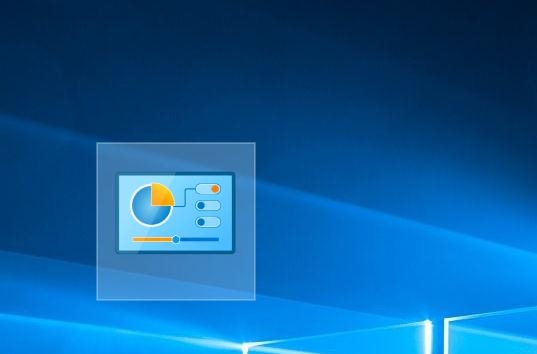
by WK Wallace | Mar 9, 2010 | Windows 7, Windows Vista
Although its name suggests perhaps even grander capabilities, Windows enthusiasts are excited over the discovery of a hidden “GodMode” feature that lets users access all of the operating system’s control panels from within a single folder. By creating a new folder in Windows 7 and renaming it with a certain text string at the end, users are able to have a single place to do everything from changing the look of the mouse pointer to making a new hard-drive partition. The trick is also said to work in Windows Vista, although some are warning that although it works fine in 32-bit versions of Vista, it can cause 64-bit versions of that operating system to crash.
To enter “GodMode,” one need only create a new folder and then rename the folder to the following:
GodMode.{ED7BA470-8E54-465E-825C-99712043E01C}
Once that is done, the folder’s icon will change to resemble a control panel and will contain dozens of control options. I’m not sure it’s my idea of playing God, but it is a handy way to get to all kinds of controls.
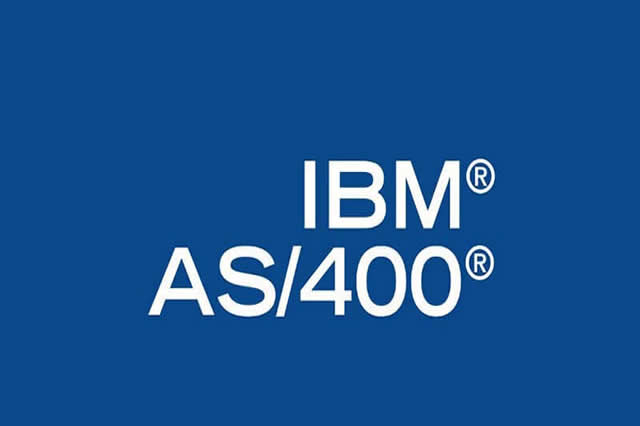
by WK Wallace | Mar 9, 2010 | AS400, Security, Windows 7, Windows 8, Windows Vista
On your Vista/7/8 PC do the following:
1) Click All Programs-Accessories-Run and type secpol.msc and click OK.
2) Verify if dialog box appears.
3) From Security Settings console tree, expand Local Policies then click Security Options.
4) In the right pane, scroll down to the setting called ‘Network security:Lan Manager authentication level Properties’ and double-click it.
5) Note the current value and change it to be ‘Send LM & NTLM – use NTLMv2 session security if negotiated’.
You should now be able to access network shares on any DFS/IFS system such as an AS/400.





